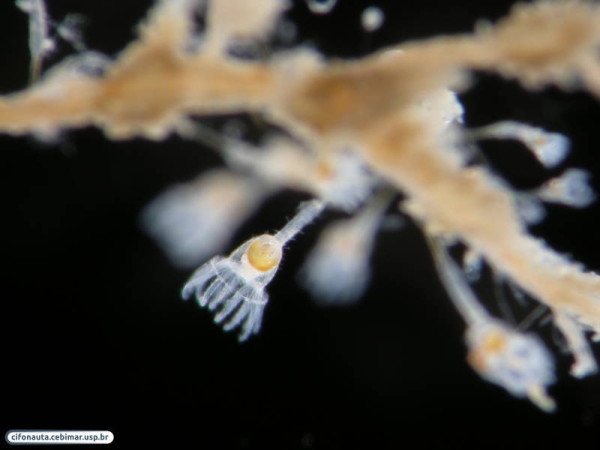
One of the most obscure invertebrates of all of the ocean is the Entoprocta. It doesn’t take a student of Latin to understand that it’s name means “anus inside”. Sure, it’s unfortunate, and all the well-to-do invertebrate biologist prefer the name Kamptozoa, meaning “curved animals”, but I prefer Entoprocta for the same reason I prefer American muscle cars over European sports cars, pork BBQ to filet mignon, and Stove Top Stuffing to dried cranberry whole bread stuffing. It’s the same reason you prefer to get your marine science news from DSN instead of, well, just about anywhere else. Sometimes less refined is just easier to relate to.
Anyway, Entoprocts don’t get a lot of attention, which is strange because if you had anus in your name I’m pretty sure people would stop and take notice. These little goblet shaped animals typically occur along a colonial network of stolons where, if they have any sense of humor at all (and I like to think they do), they spend their time giggling about their name. At the top of the goblet is a crown of tentacles with cilia that draw particles into their patiently waiting mouths. However, both the mouth and the anus lie inside this crown, hence the crass name.
Of the 140 species of Entoprocts the largest zooid is less than ¼ inch tall (7 mm) and 3 of the largest zooids would still fit on a U.S. penny. Most of these species are also commensal on worms, sponges, and other invertebrates. It’s unclear whether their buddies also giggle about their unfortunate name. With few exceptions, most species are found in less than 50 meters of water. Only one species occurs deeper than 700 m. This colonial Ectoproct was found at 4130 meters.
But, wait!
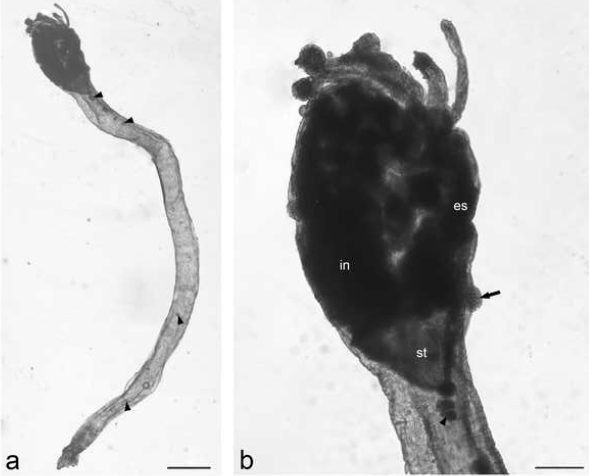
A new species has been described by Anastasia Borisanova and collaborators in Russia that beats the record by more than 1000 meters. Loxosomella profundorum, a completely new species, was found at 5222 meters in the Kamchatka Trench in the northwest Pacific Ocean. The profundorum is Latin for “deep sea”. The total length of this species is 4 mm putting it at the larger side for Ectoproct zooids. Unlike its relatives, this rare endo anal critter is solitary. Sad, really. I have to wonder if it’s the name. The deep sea is a pretty harsh place to live.
Borisanova, A., Chernyshev, A., Neretina, T., & Stupnikova, A. (2014). Description and phylogenetic position of the first abyssal solitary kamptozoan species from the Kuril-Kamchatka trench area: Loxosomella profundorum sp. Nov. (Kamptozoa: Loxosomatidae) Deep Sea Research Part II: Topical Studies in Oceanography DOI: 10.1016/j.dsr2.2014.07.016

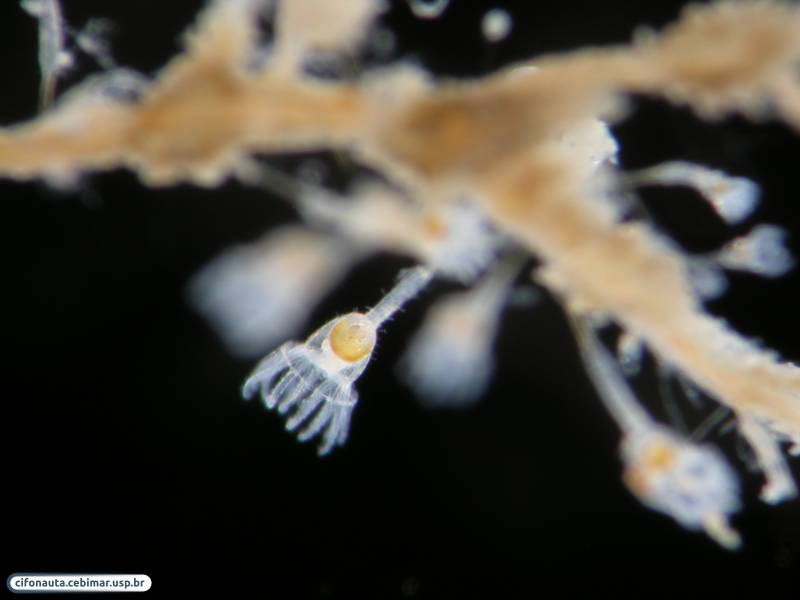
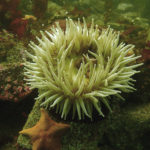
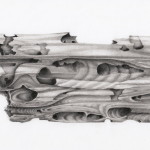
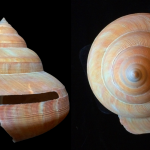
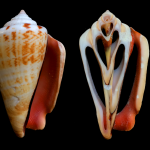
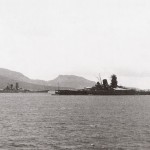
Nice article, however i think there are issues with the usage of Entoprocta and ECTO-procta…(in the end of the article)
“If you had anus in your name I’m pretty sure people would stop and take notice.”
whitepages.com yields two: Jerome Anus of McDonough, Ga., and, prankishly, Huge Anus of St. Joseph., Mo.
The site also lists 100 people named “Assman.”